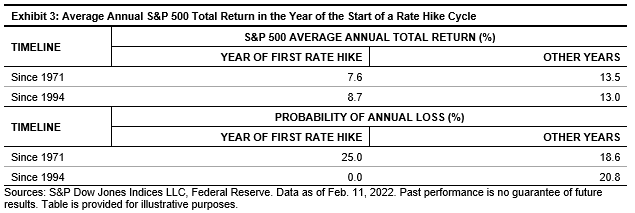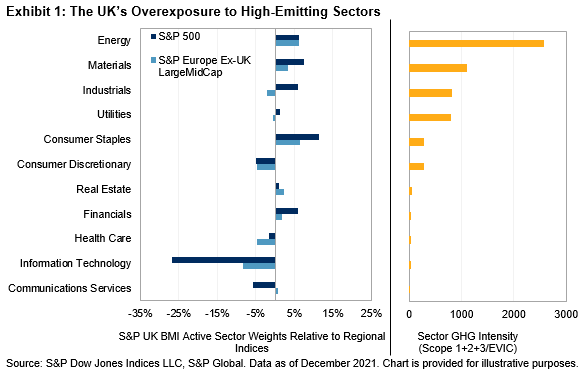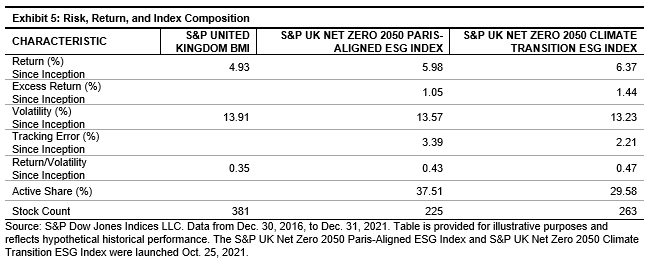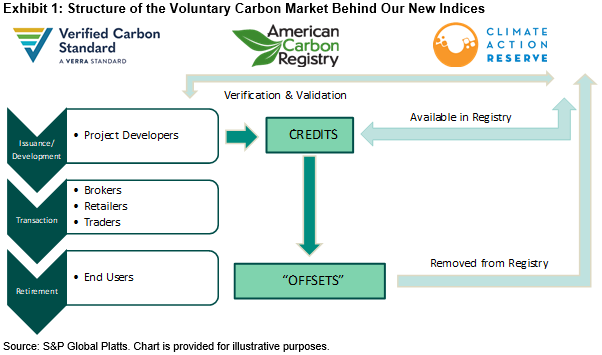The Wall Street Journal reported that many active managers struggled to outperform the market in 2021. This underperformance is not surprising, as we observed less than ideal prospects last year for active management both in the U.S. and globally.
Dispersion and correlation provide convenient lenses through which to analyze stock selection conditions. All else equal, active managers should prefer above-average dispersion because stock selection skill is worth more when dispersion is high. The role of correlation is more complex. Active managers, almost by definition, run less diversified, more volatile portfolios than their index counterparts. When correlations are high, the benefit of diversification—i.e., the volatility reduction attendant upon a more diversified portfolio—is less than when correlations are low.
While counterintuitive, active managers should prefer above-average correlation, because it reduces the opportunity cost of a concentrated portfolio. We define the cost of concentration as the ratio of the average volatility of the component assets to the volatility of a portfolio. A higher cost of concentration is an opportunity cost and implies a higher hurdle for active managers to overcome.
The S&P Kensho New Economies are a unique universe to examine, as they tend to have much higher dispersion levels and much lower correlations compared to their S&P 500® counterparts. This is unsurprising given the more idiosyncratic nature of Kensho constituents compared to those within the GICS® framework.
Exhibit 1 shows that in 2021, dispersion as well as correlations decreased for the S&P Kensho New Economies Composite Index.

Applying the above logic to the S&P Kensho New Economies, how much higher do returns have to be to justify the additional volatility active managers take on? By multiplying the cost of concentration by a rate of return consistent with the market’s historical performance (e.g., 21% using the five-year annualized return as of December 2021 for the S&P Kensho New Economies Composite Index), we arrive at the required incremental return shown in Exhibit 2. Driven by the lower correlations seen in Exhibit 1, this measure increased in 2021 to 19%, indicating that thematic active managers gave up a larger diversification benefit last year. Interestingly, correlations were even lower in 2019, hence the diversification benefit foregone was even higher then.

Finally, to understand how challenging it is to earn this incremental return, we divide the required incremental return by dispersion to convert the measure into dispersion units. We can interpret a higher number of dispersion units to mean more difficult conditions for active management. We observe in Exhibit 3 that the required dispersion units rose in 2021, as a result of the decline in dispersion within the S&P Kensho New Economies. Consistent with what we observed in Exhibit 2, conditions were even more demanding in 2019 as dispersion was much lower than current levels.

As a result of the volatility headwinds outlined above, stock selection within the S&P Kensho New Economies universe was relatively more challenging in 2021. If this decline in dispersion and correlations persists, we can anticipate continued challenges for active managers.
The posts on this blog are opinions, not advice. Please read our Disclaimers.























